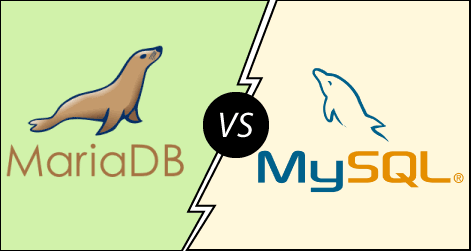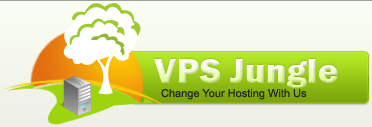MariaDB vs MySQL: The Ultimate Comparison ~ MariaDB and MySQL are both popular relational database management systems (RDBMS) that originated from the same codebase. Both MariaDB and MySQL are powerful and reliable database systems with similar features and performance. The choice between them often depends on factors such as licensing preferences, community support, and specific feature requirements for your project.
In this MariaDB vs MySQL comparison article, you will take a look at the history of these technologies, exploring their similarities and differences to help you dispel doubts about the two databases.
What Are MariaDB and MySQL?
MariaDB and MySQL are both open-source relational database management systems (RDBMS) widely used for managing structured data. Here’s a brief overview of each:
- MySQL:
- MySQL is one of the most popular open-source RDBMS in the world.
- It was originally developed by a Swedish company, MySQL AB, and later acquired by Sun Microsystems, which was in turn acquired by Oracle Corporation.
- MySQL is known for its reliability, performance, and ease of use.
- It supports multiple storage engines, transactions, replication, and many other features essential for managing databases.
- MySQL is widely used in web applications, powering popular content management systems (CMS) like WordPress, Drupal, and Joomla, as well as many other types of software applications.
- MariaDB:
- MariaDB is a fork of MySQL created by the original developers of MySQL, including Michael “Monty” Widenius, after concerns about the acquisition of MySQL by Oracle Corporation.
- It is designed to be compatible with MySQL, meaning that most applications and tools that work with MySQL can also work with MariaDB without modification.
- MariaDB aims to be more open and community-driven compared to MySQL, with a focus on innovation and faster development cycles.
- It includes many features not found in MySQL, such as the Aria storage engine, improved performance optimizations, and additional security enhancements.
- MariaDB has gained popularity as an alternative to MySQL, particularly in open-source communities and among developers who value its openness and community-driven development model.


